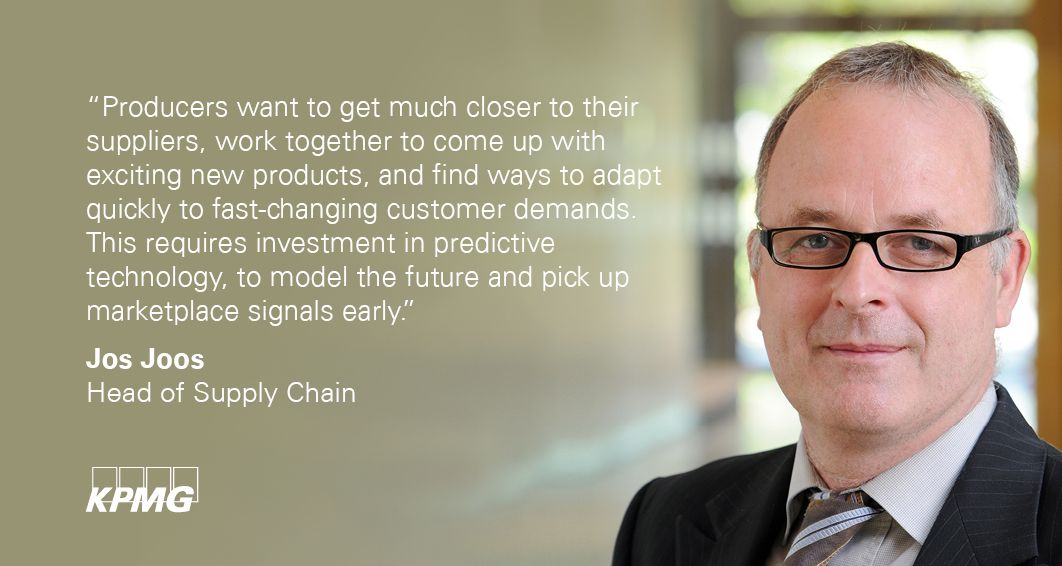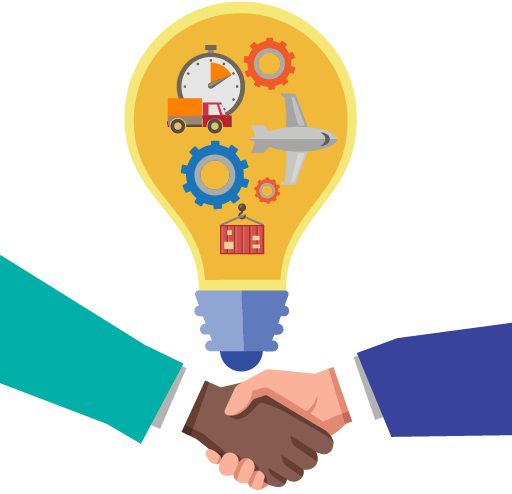COVID-19 has put supply chains under intense strain. The traditional ‘one size fits all’ operating model is increasingly incapable of meeting customer expectations, which may reduce the profitability of companies’ product lines.
As organizations covet highly responsive digital supply chains and operations, there is a big push to digitally transform these activities. But, in the quest to become more agile and resilient, they must strike a balance between satisfying customers and optimizing costs. In the face of unpredictable, dramatic events, businesses need strong business models enabled by a robust digital backbone, and processes that can pivot rapidly. This is the big operations/supply chain challenge during and post COVID-19.

Source: A commissioned study conducted by Forrester Consulting on behalf of KPMG, July 2020
The COVID-19 difference… supply chain resilience
In a KPMG-commissioned survey conducted by Forrester Consulting, 'supply chain breakdown' was – unsurprisingly – high on the agenda. Survey respondents ranked this as the third biggest impact of COVID-19 — and the third largest priority for their organization.
When asked to name their highest digital transformation priority, 80 percent of respondents say it’s having a responsive operations and supply chain — more than any other part of the business.
Digital technologies allow humans and machines to co-exist across the different supply chain processes and activities, which can bring the twin goals of resilience and visibility closer.
Predictive supply chain risk platforms give advance warning signals. Through AI, data analytics and machine learning, it’s possible to more accurately forecast disruptions stemming from a wide range of financial, geopolitical and environmental events. Advances help shift from historical analysis to a more forward-looking approach. Instead of questioning “What happened? And why did it happen?” companies can now ask “What will happen? And how can we use this knowledge to optimize performance?"
Such solutions help businesses become more customer centric, by understanding what they buy, how they buy, and how they expect to be served. Digital enablers help businesses segment end-to-end supply chains and optimize profitability, while fulfilling customer demands.
To succeed, companies should combine data-driven models, data science, and deep supply chain expertise, to better align supply chain operating models with customer expectations, while balancing cost and service levels.


Action point
Invest in real-time, predictive models, rethink the roles of each player in the supply chain, and introduce a more collaborative relationship with suppliers, to increase innovation and flexibility.
Base: 780 professionals involved with digital transformation strategy decisions
Source: A commissioned study conducted by Forrester Consulting on behalf of KPMG, July 2020
Discover more
COVID-19 has forced businesses to re-assess their digital transformation plans, so that operations can be accomplished by a remote and distributed workforce. This means leveraging new technologies, and the power of the cloud, to ensure systems are agile, predictive, secure, robust and scalable.
Our team can help you optimize a digitally enabled supply chain, which uses data and forward-looking insights for assets, maintenance, quality and efficiency. We see supply chains as interconnected, digitally enabled and predictive networks to help you seize opportunities and respond to change immediately in an increasingly fast-moving marketplace, while connecting you directly to your customers.


